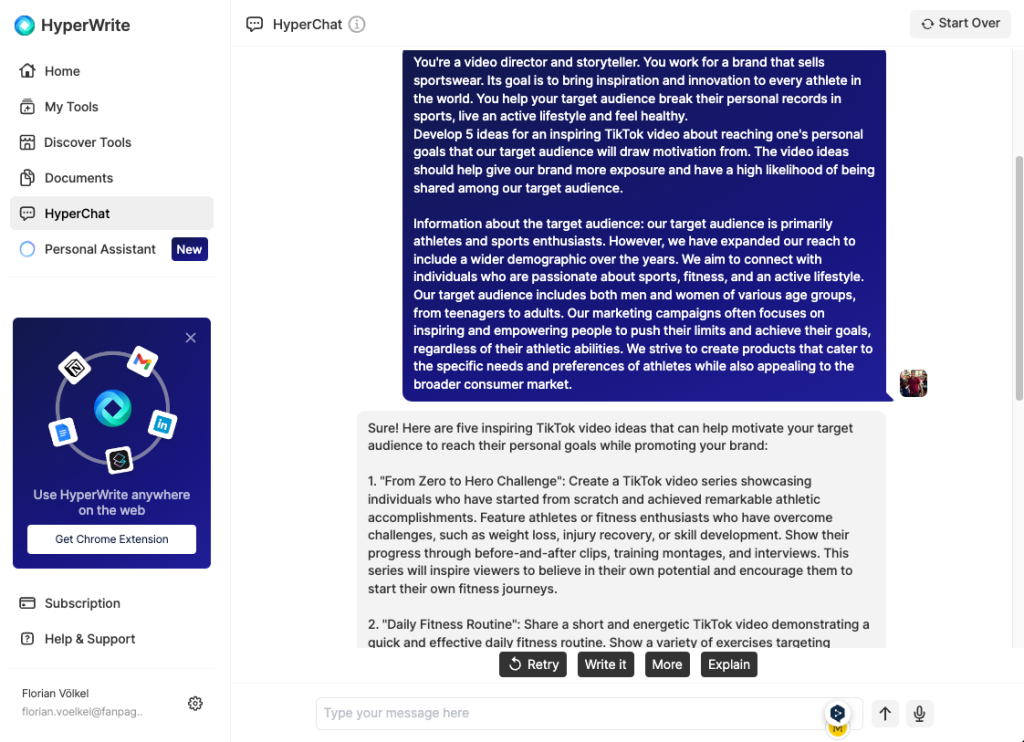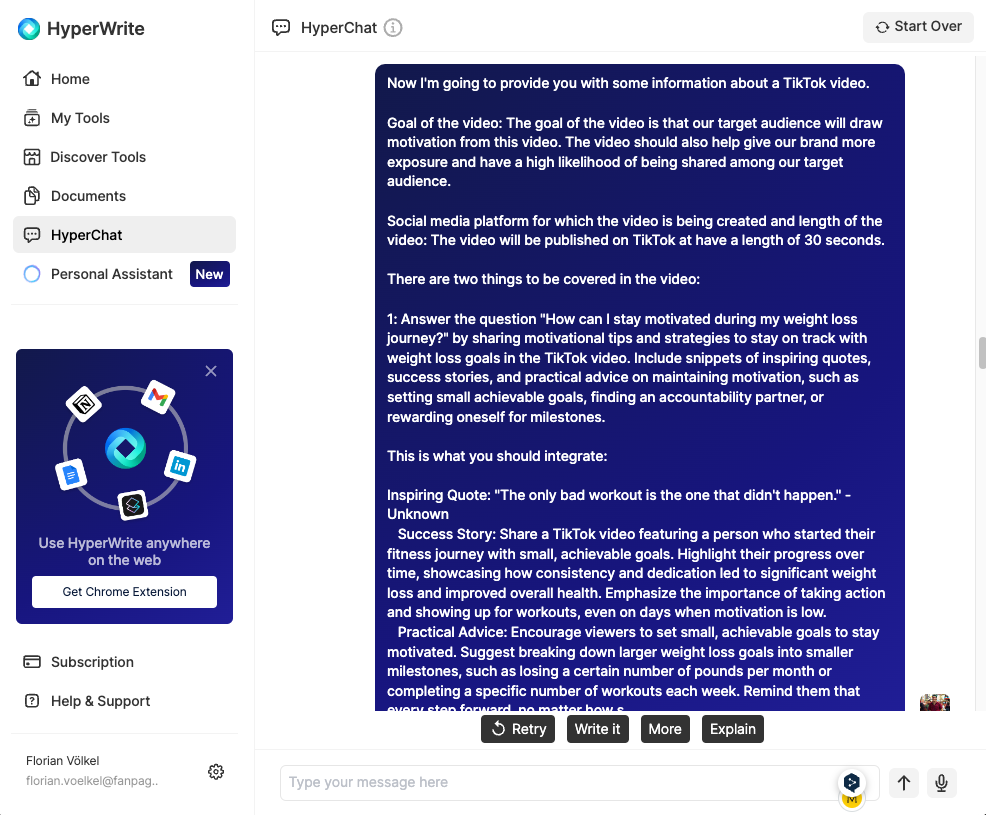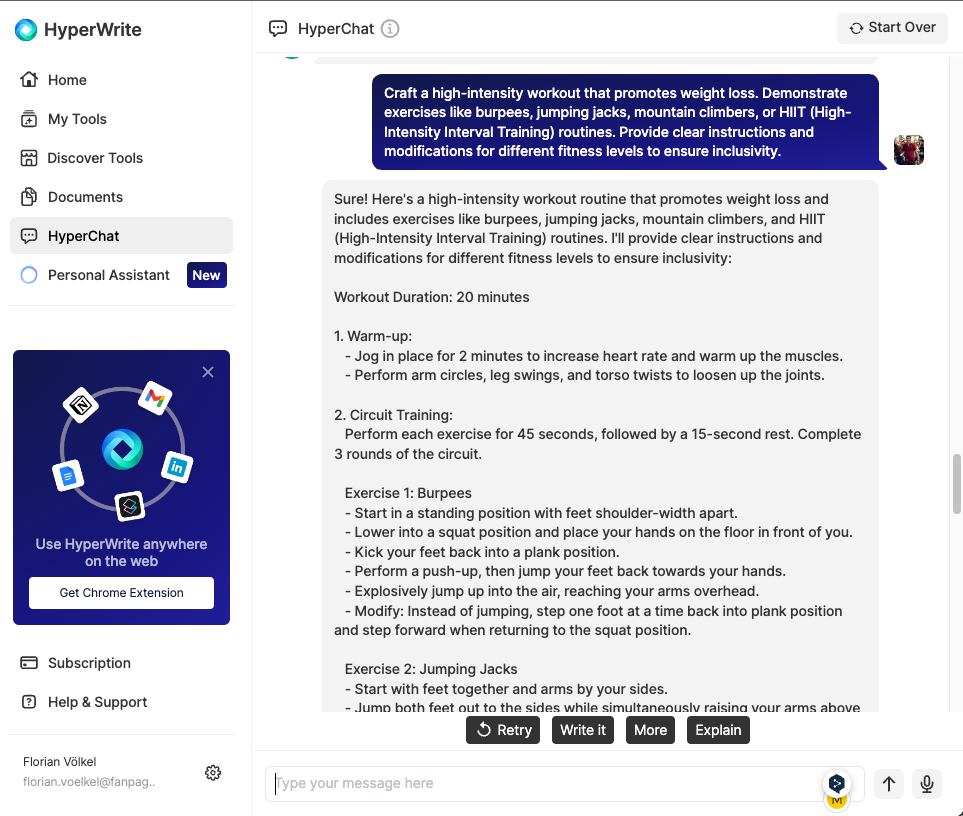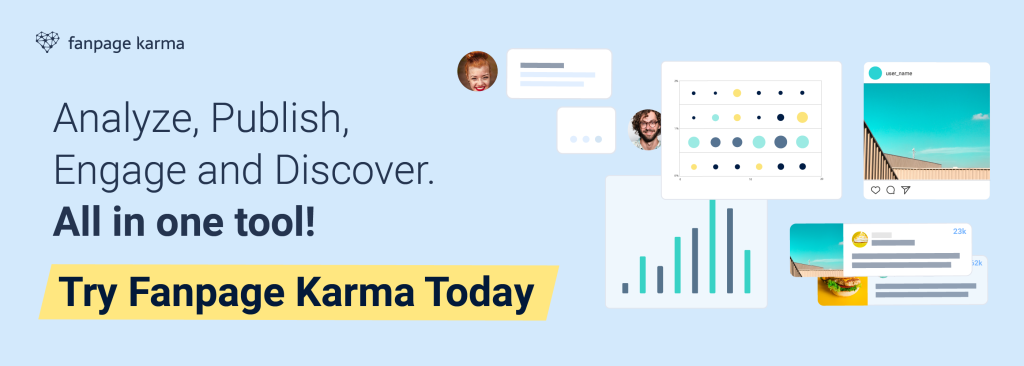Key AI Prompts for Your
Video Content Creation – The way to becoming a prompt pro

In our series on the best prompts for content creators, we’re looking at the best prompt ideas and advanced workflows for harnessing the potential of AI tools and scaling our content.
In today’s second part of the series, we look at the best prompts for creating social media content with the help of AI assistants, especially for creating videos. First, we’ll show which AI helpers can assist us in this process.
These AI tools help you with your video creation
There are many AI tools that can help produce more social media content and accelerate the editing process.

The helpers can be divided into four categories:
- Video editors that speed up the editing process, such as Descript, Fliki AI or Visla.
- Video productivity apps that textually provide us with story ideas for video posts on social media, do keyword research for our video posts, and overall speed up post creation. These include CopyAI, HyperWrite and Synthesia.
- Generative text-to-video apps that transform our written input into video, like Heygen, Syllaby.io, Pictory.ai, Midjourney Video, Runway or Capsule.
- Generative AI tools that automatically transform existing longer form videos into short form videos, such as Peech, Opus Clip or Vizard.
Some tools, such as Synthesia, Fliki AI or Visla, can be used to perform multiple tasks at once.
In the following sections, we will focus on the optimal use of category 2 and 3 helpers, where user input plays an essential role.
Use all insights from the content planning phase

Using prompts like
“You are a video director and storyteller. You work for a company that [we describe our company, values, products, target audience, and how we help our target audience with a problem they have].
Develop 5 ideas for an [attribute, e.g., entertaining and educational] [platform, e.g., TikTok] video about [our industry] that [target, e.g., our audience will enjoy and learn from. The suggestions should be helpful in giving more exposure to [our product/brand] and ensure that our target audience enjoys sharing the video].
Information about the target audience: [we include the target audience information sheet here (see previous article)]”
that we used in the last article on the best AI prompts for content planning, we identified the topics on which we would like to create content. We have found:
- Problems and goals for our content
- The platform(s) on which we want to publish the content
- Issues or content points we want to integrate
We then created a content plan tailored to the size of our team.

All of these points now serve as important guidelines for our content creation.
The one thing we haven’t done yet is to define video-specific wants. We should clearly define these, too, before asking our AI assistant to write a video script for us. Such video-specific wishes could be:
- “The video should be animated”
- “The video should have a length of 30 seconds”
- “The editing frequency should be 30 cuts per minute”
- We can also ask it to create dialogues, to include a narrator, etc.
Once we have defined our video-specific wants and needs, we can provide our AI assistant with all of our guidelines for the video and have the AI assistant create a storyboard of our video.
Let the AI assistant create a storyboard

Thanks to our preparatory work, we now have everything we need to have a ready-made outline created for our video. This is how we create it:
“I’m now going to provide you with some guidelines for a social media video.
Goal of the video: [we’ll insert the description of the goal of the video].
Social media platform for which the video is being created and length of the video: [we insert the description of the platform and the desired video length]
Questions or content items to be covered in the video: [we’ll insert the description of the content items].
Other things to consider: [we’ll insert the list we just made of other video-specific requirements, such as: Keep in mind that no more than one person is allowed to appear in the video].
With all of these guidelines in mind, create an outline for the video.”

Our AI assistant will work out a flowchart for a video that includes all the points that are important to us. Likewise, we could let our AI assistant create a storyboard for the scenes which will help us plan shots and sequences more effectively.
Let the assistant help you draft the complete video script and create a summary of the video

Remember that the storyboard is just an outline. Once we have our storyboard, we’ll use each of the bullet points we’ve created and ask our AI assistant to fill in content for us one scene at a time.
The good thing is that when we created the storyboard, we already communicated all the important information that needs to be included in the video. This makes the following step easy. We ask our AI assistant:
“Based on the outline, craft the first section of the video script. Keep in mind the goal, the target audience, and the social media platform where the video will be published.”
To underscore our own fingerprint in the video, we could include more content-related information at this point. This way, our video will become even more individualized. For example, if we want to narrate our own experience in the video, we could tell our AI helper about it and add the following to the previous prompt:
“Integrate in this section, in the most natural way, [we describe what we want to mention in terms of content, e.g. ‘the following personal story: [we insert our story]’].”
We can repeat this process for each chapter of our video.

Lastly, let’s get a summary of our video with the main content points:
“The following is a script for a [platform] video. Create a content summary for this video that encompasses between 300 and 1000 characters.”
At the end of this step, we should have our (almost) finished video script and a summary of the content.
Create an engaging hook
What’s still missing is a hook for our video:
“Act as a copywriter for [we describe our company].
Your target audience can be described as follows: [we include the target audience information sheet].
Your task is to create 5 video hooks.
The video is about the following: [we insert the summary of our video].
The video will be published on [platform].
The goal of the video is [our goal].
Consider all of this information about the audience, the video content, the social media platform, and the goal of the video to create a hook for the video.
Use the target audience information sheet also to decide whether a fact-based or emotion-based hook is more suitable.
Note that for some videos, it makes sense to start with the outcome of the video in the hook. For other videos, it’s better to address the emotions the viewer will feel, or clearly tell the audience what they will learn and what problem it will solve for them or how it will help them achieve their goal.”
If we already have suitable hooks, then we can provide those as a template and ask for the following instead:
“You are a copywriter for [we’ll describe our company].
Your target audience can be described as follows: [we’ll include the target audience information sheet].
You have found that the following five hooks resonate very well with your target audience.
[we include five of our favorite hooks].
These hooks resonate well because [we explain why they resonate well].
Your task is to create 3 hooks in a similar style for the following video:
[we include the summary of our video].
The 3 hooks should create the same effect in the target audience as the five hooks we’ve already tested.”
Now we can create our finished video script using a text-to-video AI tool like Midjourney Video, Runway, Pictory.ai or Syllaby.io, or shoot the video ourselves. For a ready-to-post video, we then only need a title and a video description or caption. We will show how to create these in the next article in our series.
Conclusion
Besides all the hype about AI helpers, the great advantage of AI remains to find information quickly and structure it logically. But to create content that is unique, it’s important to inject our own personality into our content.
That’s why we’ve emphasized in a few instances that our AI helpers have great benefits when it comes to speeding up our video creation process, but they shouldn’t be considered a “do-it-all” tool. For the best results, break your content creation into multiple steps as described in the article, and don’t just ask for a ready-made script and skipping your own prep work.
Also, different AI tools have different strengths and can save time and effort at different stages in the video creation process.
Therefore, think of AI helpers as a partner to work with on specific tasks, rather than a substitute for you that automates everything. This way, you’ll be able to create video content in larger quantities than before, while maintaining the quality and originality of your posts.










